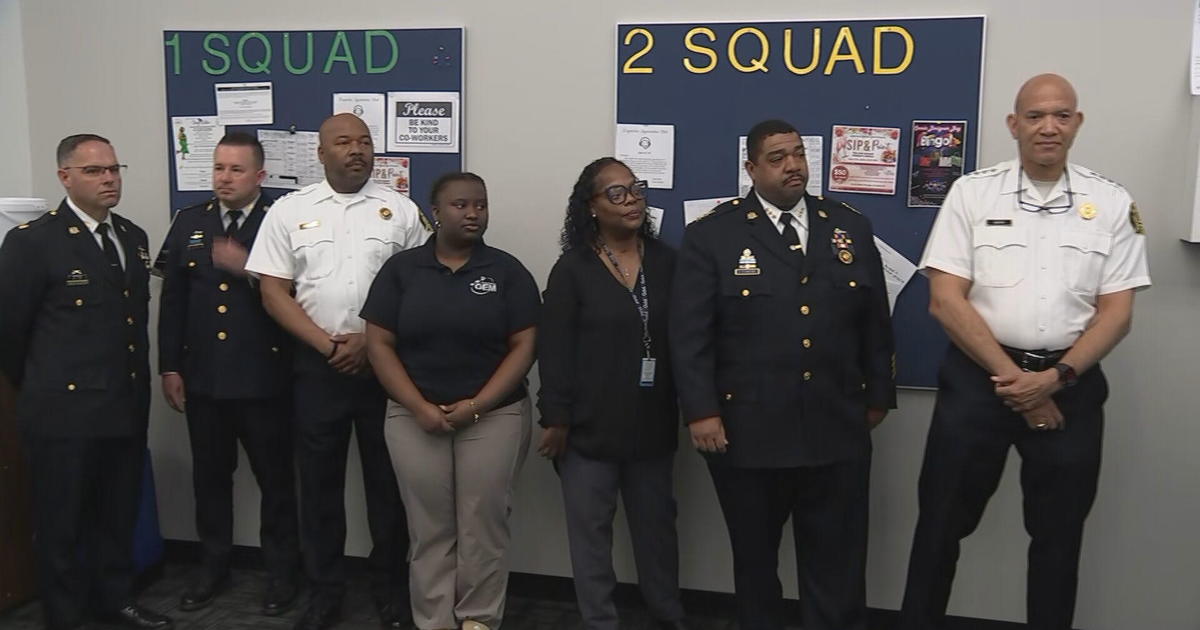I-TEAM INVESTIGATION: How The Amtrak Tragedy Could've Been Prevented
By Charlotte Huffman
PHILADELPHIA (CBS) -- As officials work to learn why Amtrak train 188 was barreling down the tracks at twice the speed allowed, the Eyewitness News I-Team is digging into train derailments and the safeguards in place to prevent them.
I-Team reporter Charlotte Huffman continues CBS3 coverage of the Amtrak tragedy.
"It is absolutely astounding to me," said former NTSB Chair, Mark Rosenker on Wednesday, moments after learning NTSB preliminary reports found the train was traveling at more than 100 mph.
The train was under the control of Amtrak's engineer, Brandon Bostian when it derailed on a sharp curve in a 50 mph zone.
"We don't know what happened other than the fact that he was going twice the speed. Why? He could've fallen asleep, had medical issues or been distracted. All of those questions all of those questions are going to have to be answered by the NTSB," said Rosenker.
The NTSB's full report could take as long as 12 months to complete.
Engineers specializing in railroad safety say there are three factors that generally cause a train to derail; equipment failure, track failure and operations such as, distraction or fatigue.
"All of those things are still on the table," said Rosenker.
Federal regulations limit an engineer to a 12 hour work day but an internal audit of Amtrak obtained by the I-Team shows employees are reporting exceeding that 12 hour limit.
According to Amtrak's report, in 2013 employees reported 116, 892 instances of working 16 hours or more.
83% of those reports came from transportation employees which includes train engineers and conductors.
Regardless of why Bostian was speeding in Tuesday's deadly derailment, Rosenker says the tragedy could have been prevented.
"Positive Train Control could've had a significant impact in potentially preventing this accident," he said.
Positive Train Control is a new technology that Congress required all carriers to install after the 2008 train collision in Las Angeles that killed 25 people.
Following that collision, NTSB investigators determined one of the train's operators ran a red light signal because he was distracted and texting on his cell phone.
Positive Train Control would have taken control of the train and brought it to a stop before the fatal collision.
Similarly, the system enforces speed limits.
"It knows where the train is, what the authorized speed level is and if in fact the engineer goes beyond that and the engineer doesn't do anything about it then the train automatically comes to a stop," explained Rosenker.
Following the 2008 California collision, Congress mandated carriers install the system.
The deadline to get it done?
December of 2015.



